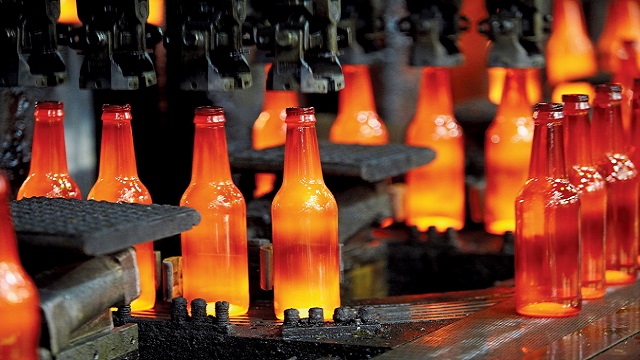
Glass Bottle: How Glass Bottles Are Made
Glass bottles are made of glass. The manufacture of glass containers can be done through one of two different processes – the blow molding process or the compression blow process. The choice of each process is determined by the type of glass bottle being manufactured. All glass bottles start from raw materials.
Silica (sand), soda ash, limestone and cullet (recycled glass that can be used in furnaces) are combined into a specific mixture depending on the desired properties of the bottle. The mixture is then melted at high temperatures in a furnace until it becomes a molten material, ready to be formed. The type of glass produced by this mixture is called soda-lime glass and is the most popular glass used in food and beverages.
Glass Forming Method
Molten glass gobs are cut by precisely timed blades to ensure each glass gob is of equal weight before entering the forming machine. The weight of the gob is important to the forming process of every glass container manufactured. Molded glass is made by gravity-feeding a block of molten glass into a molding machine, where pressure forms the neck and basic shape of the bottle. Once the bottleneck and general glass bottle shape is completed, the shape is called a parison. To obtain the final container shape, one of two processes is used.
Glass Forming Method
The pressure-blowing process is the most commonly used method in glass bottle manufacturing. It uses individual section (IS) machines that are divided into different sections to produce multiple containers of the same size simultaneously. A shear blade is used to cut the molten glass into specific gob sizes. The gobs fall into the machine by gravity. A metal plunger is used to push the gob down into the mold, where it begins to shape and become a parison. The parison is then transferred to a blow mold and reheated to make the parison soft enough to complete the glass dimensions. Once the parison is reheated to blow molding temperature, air is injected to blow mold the container. Pressing and blowing methods are commonly used to make jars and jars because their size allows the plunger to enter the parison.
Blow Molding and Blow Molding Processes
The blow molding process is used to create narrow containers. It also requires an IS machine to gravity-feed the molten glass chunks into the mold. The parison is created by using compressed air to form the neck and basic bottle shape. The parison is then flipped 180 degrees and reheated before air is injected again to blow the container into its final shape. Finally, compressed air is used again to blow the bottle into our desired shape. Blown and blown methods are best suited for glass bottle manufacturing that requires varying neck thicknesses.
Complete the Process
Regardless of the process, once the bottle is fully formed, it is removed from the mold and transferred to an annealing furnace. The annealer reheats the bottles to about 1,050 degrees Fahrenheit and then gradually cools them to about 390 degrees Fahrenheit. This process allows the glass to cool at a uniform rate, eliminating internal stresses in the glass that could cause cracking or shattering. The bottles are then carefully inspected to ensure they meet quality control guidelines. Any defective bottles, including bubbles, cracks or misshapen areas, are removed from the production line and used as broken glass. All bottles produced are classified according to size and type. The bottles are then packed on pallets and ready for shipping.
Glass is chemically inert and less permeable than plastic, making it better able to withstand processes such as pasteurization while containing more corrosive substances. Glass bottles are especially important in the food and beverage industry because they don’t compromise flavor and don’t cause flavor and carbonation to disappear as quickly as plastic does. A glass bottle is such a useful container.
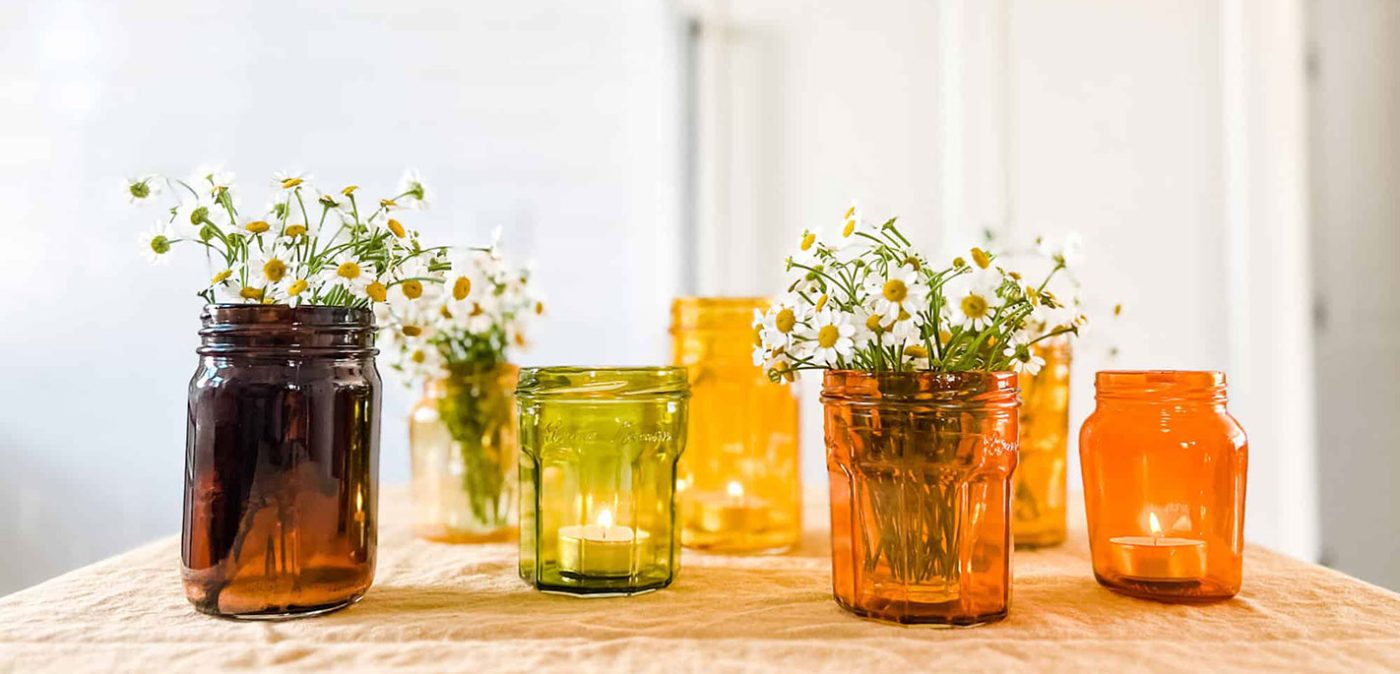

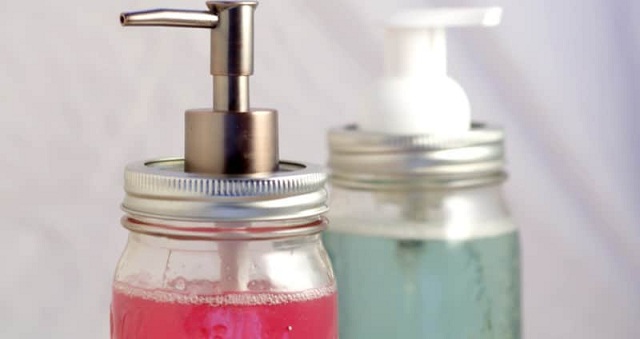
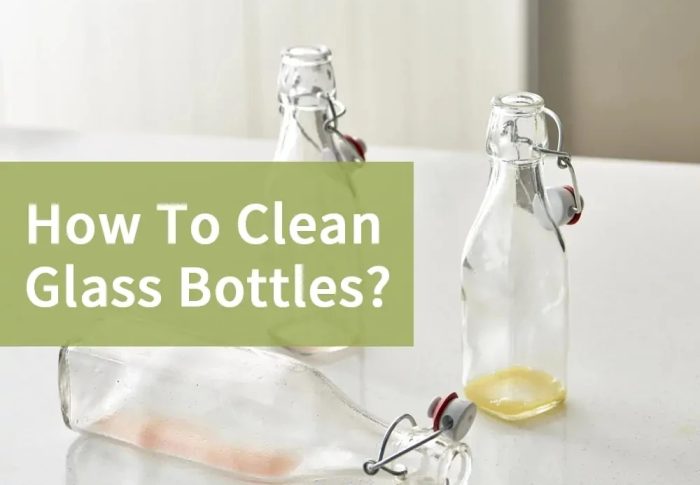
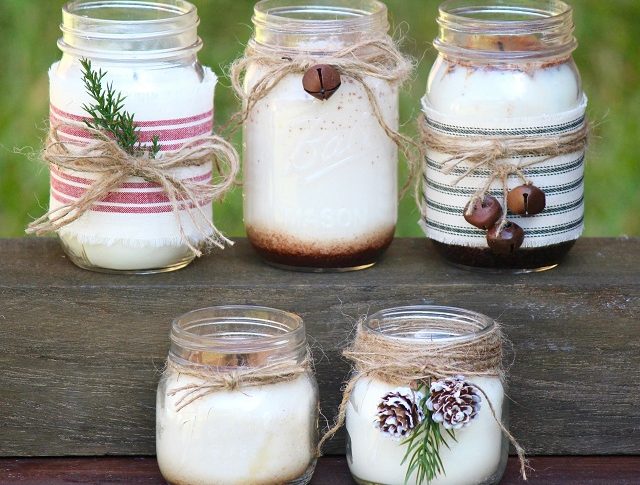
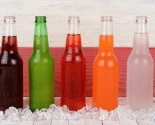
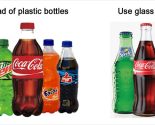
-
-
8 月
Tagged Glass Bottle, Glass Cosmetic Jar, Glass Jars